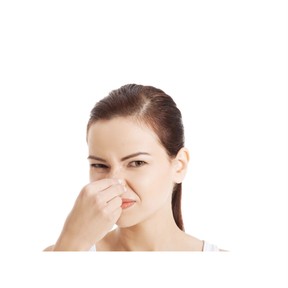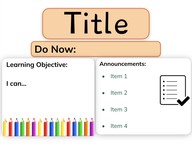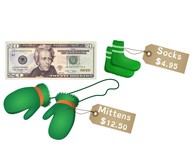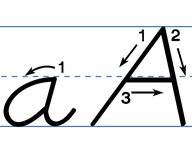
How does my nose work?
I can describe the parts of the nose and explain how the nose and the brain...



8,000 schools use Gynzy
92,000 teachers use Gynzy
1,600,000 students use Gynzy
General
Our nose doesn't just help us smell things, it also contributes to our sense of taste and is the main pathway of the respiratory system. And our ability to smell something is important for reasons beyond bringing us pleasure or helping us taste food - our sense of smell can alert us to dangerous situations like a fire, and even help clue us into the emotional state of other organisms, and help us choose a mate.
Standards
MS-LS1-3
MS-LS1-8
Learning objective
Students will be able to describe the parts of the nose and explain how the nose and the brain work together.
Introduction
Students are shown different objects and asked to sort them based on how they smell, good, bad, or neutral.
Instruction
Our sense of smell works by taking in airborne particles through our nose, where they are broken down and dissolved in what is called the "olfactory epithelium." This explains why our sense of smell is affected when we have a stuffy nose - your nose becomes clogged and disrupts the ability of particles to reach your olfactory epithelium.
The nose is made up of two nostrils and a septum, or the wall of tissue that separates your nostrils or nasal cavity. Deeper in your head towards your skull, the septum is made up of thin bones, but towards the end of your nose, it is made of softer cartilage. Your nasal cavity connects to your palate, or the roof of your mouth.
Our nose not only serves as our main pathway for breathing; it makes the air we breathe cleaner thanks to the mucus in our noses that help capture potential irritants such as dirt or pollen before they can reach our lungs.
Quiz
Students will respond to ten true/false, multiple-choice, and short-answer questions.
Closing
Did you know that scientists have determined that there are ten basic scents into which all smells can be grouped? They are:
- Minty
- Woody and resinous (such as freshly cut grass)
- Fragrant (flowers, perfumes)
- Citrus
- Fruity (all non-citrus fruits)
- Decayed (rotting meat, sour milk)
- Sweet
- Pungent (blue cheese, cigar smoke)
- Chemical (bleach)
- Toasted and nutty (popcorn, almonds)
Students are then shown the same set of objects as on the first slide and asked to categorize them into the appropriate scent.
The online teaching platform for interactive whiteboards and displays in schools
Save time building lessons
Manage the classroom more efficiently
Increase student engagement
Discover more!
About Gynzy
Gynzy is an online teaching platform for interactive whiteboards and displays in schools.
With a focus on elementary education, Gynzy’s Whiteboard, digital tools, and activities make it easy for teachers to save time building lessons, increase student engagement, and make classroom management more efficient.



